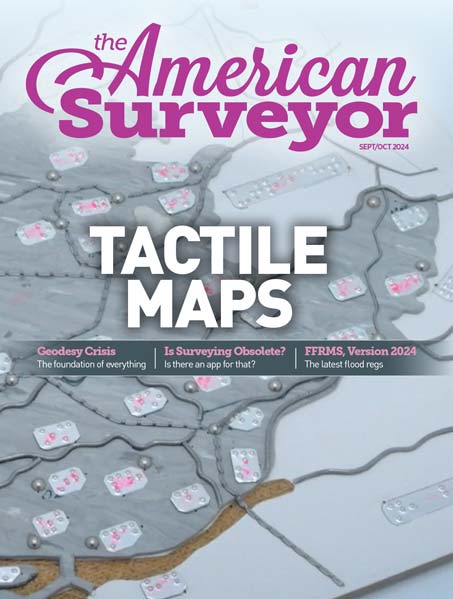The Los Angeles Police Department’s (LAPD) Officer Involved Shooting (OIS) unit recently acquired a Leica Geosystems TS15i Imaging Station to map scenes where deadly force was used by police officers
(Norcross, Ga., 10 May 2012) Thanks to funds provided by the Los Angeles Police Foundation, a non-profit corporation, the Los Angeles Police Department’s (LAPD) Investigation Support Unit (ISU) which investigates officer involved shootings is now using a sophisticated robotic total station to document the use of deadly force by police officers.
The Leica Geosystems TS15i Imaging Station combines a best-of-class robotic total station with high-resolution photography and sophisticated annotation tools. According to Sergeant Barbara Barrist, the officer in charge of the ISU, one main motivation was to make better use of LAPD resources. "We get as many as seven callouts in a month, and we’re at the scenes for up to 12 hours," Barrist explains, "The TS15i lets one officer do that work, instead of two, and the work they do is better and faster."
It’s more efficient work, with less opportunity for error, because just one skilled officer takes all relevant shots, and sees all the key details. "In the past, using a conventional total station," Barrist explains, "We often had to use less experienced officers that were on the scene. We’d train them quickly to hold a reflector pole, but frankly, it’s harder than people think and sometimes the results weren’t that great. Plus, the ISU officer would be at the instrument, instead of choosing shots himself. Now, one experienced operator does all the survey work and never misses important evidence."
The TS15i’s imaging capacity is also important. One of OIS’s main tasks is to report to the chief of police with a PowerPoint presentation within 72 hours, followed by a full, manuscript-length report. The preliminary ‘Chief Brief’ has to be as complete as possible within the 72-hour timeline. Using the TS15i, OIS investigators can take pictures of the crime scene with key measurements, and markup the images with sketches and annotations… right in the field. "We use the imaging capacity to take pictures of evidence, blood spatters, impacts, and whatever else is important," says Barrist, "We can even take panoramic photos of the scene and rooflines. The clarity this adds to reports is incredibly important."
Barrist says several subtle features make OIS work easier including zoom-enabled optics, the plumb laser, the guided leveling routine, and the 360º prism. "It may seem like a minor thing," she says, "But the new prism is surprisingly nice—we don’t have to point the prism, which could take awhile at longer distances, and we capture points much faster."
Duke Dutch, Leica Geosystems’ Law Enforcement Applications Specialist, worked with the Police Foundation and OIS to deliver the right equipment and provide training. "The LAPD is one of the world’s most progressive police forces. They have to be; Los Angeles is a huge, diverse city. Leica Geosystems is very proud to be supplying a critical tool that the LAPD needs to do their job right."
For additional information about Leica Geosystems TS15i Imaging Station, please click here.
Leica Geosystems – when it has to be right
With close to 200 years of pioneering solutions to measure the world, Leica Geosystems products and services are trusted by professionals worldwide to help them capture, analyze, and present spatial information. Leica Geosystems is best known for its broad array of products that capture accurately, model quickly, analyze easily, and visualize and present spatial information. Those who use Leica Geosystems products every day trust them for their dependability, the value they deliver, and the superior customer support. Based in Heerbrugg, Switzerland, Leica Geosystems is a global company with tens of thousands of customers supported by more than 3,500 employees in 28 countries and hundreds of partners located in more than 120 countries around the world. Leica Geosystems is part of the Hexagon Group, Sweden.
